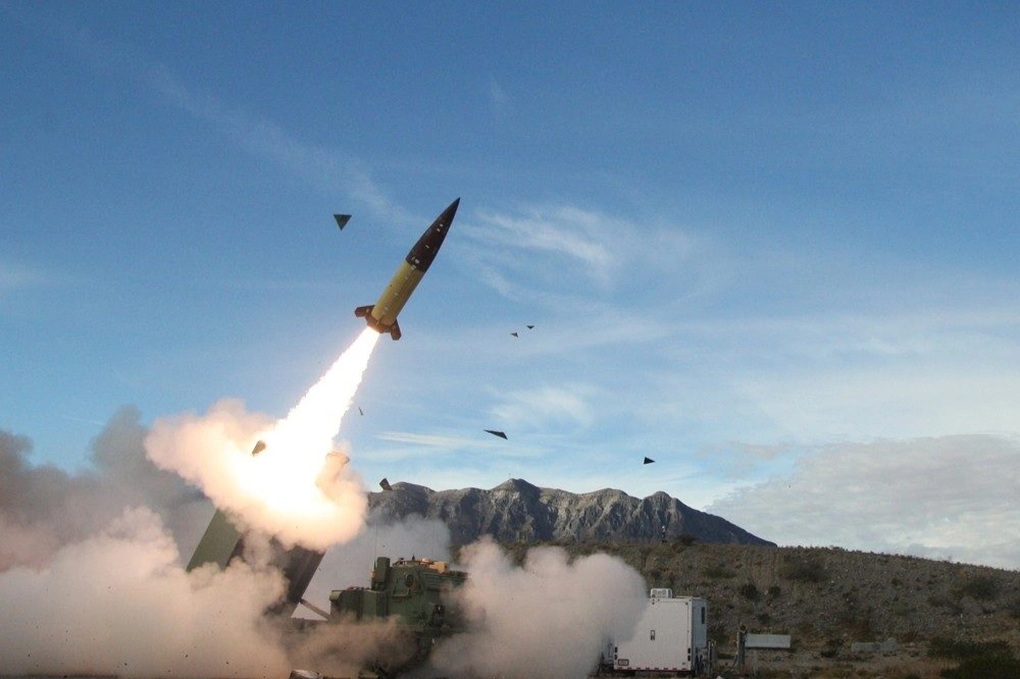
NATO Leaders on Ukraine’s Use of Aid Weapons to Strike Russia: A Decision for Individual Allies
NATO Secretary-General Mark Rutte Highlights National Sovereignty in Military Aid Decisions
NATO Secretary-General Mark Rutte emphasized that the decision to allow Ukraine to use donated weapons for strikes deep into Russian territory lies solely with individual member states. Responding to reporters’ questions on the issue, Rutte stated, “Each ally has the right to decide what they do. I won’t discuss whether each ally should or should not take a particular stance.”
Rutte urged discretion, adding, “We should avoid over-discussing matters and giving the adversary unnecessary insight. Today, our focus is on helping Ukraine win, which means providing more support.”
A Turning Point in the Russia-Ukraine Conflict
The ongoing Russia-Ukraine war may be entering a pivotal phase, as reports from The New York Times earlier this week suggested that U.S. President Joe Biden has lifted restrictions, allowing Ukraine to use U.S.-supplied long-range weapons for strikes within Russia. Among the weaponry reportedly approved is the ATACMS tactical missile system.
While neither U.S. nor Ukrainian officials have confirmed this, Russia’s Ministry of Defense reported that Ukraine launched six ATACMS missiles into the Bryansk region, five of which were intercepted. If verified, this marks the first time Ukraine has deployed long-range missiles to target Russian territory since the conflict began in February 2022.
Implications of U.S. “Breaking the Ice”
Analysts suggest this potential policy shift by Washington could encourage other Western allies to permit Ukraine to use their supplied weapons for strikes on Russian soil. Ukraine has expressed hope that long-range missiles will tilt the conflict in its favor.
However, experts caution that this late-stage decision may not significantly alter the battlefield dynamics. They cite two key limitations: the relatively small number of ATACMS missiles likely available to Ukraine and Russia’s strategic relocation of critical military assets deeper within its territory, beyond the missiles’ effective range.
Moscow’s Warning
Russia has issued stern warnings about the consequences of Western-supplied weapons being used against its territory. Moscow considers such actions direct involvement by the West in the conflict.
“This is a grave step toward the potential outbreak of World War III,” said Vladimir Dzhabarov, Deputy Chairman of the Russian Senate’s International Affairs Committee. He stressed that Moscow would respond immediately to such provocations. Leonid Slutsky, Chairman of the State Duma’s Foreign Affairs Committee, echoed this sentiment, stating that allowing Ukraine to use ATACMS against Russia would provoke the “harshest response” from Moscow.
Russia’s Revised Nuclear Doctrine
In a related development, Russian President Vladimir Putin approved amendments to the country’s nuclear doctrine. The revised policy expands the scenarios under which Russia might employ nuclear deterrence, including against aggressive actions by hostile powers or military alliances equipped with weapons of mass destruction.
Crucially, the doctrine also covers cases where non-nuclear states allow their territories to be used for preparing or launching attacks against Russia. An attack by one member of a military alliance, regardless of its nuclear status, will be treated as an attack by the entire bloc.
As tensions escalate, these developments underscore the growing risks of broader international involvement in the conflict, with potentially catastrophic consequences.





